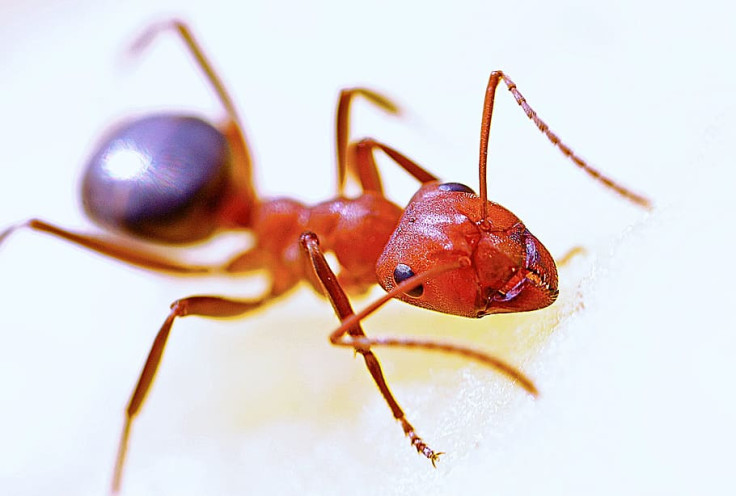Colonies of dangerous 'red fire ants' found in Italy
Colonies of South American fire ants have been discovered near the city of Syracuse in Sicily.

Colonies of South American fire ants have been discovered near the city of Syracuse in Sicily, Italy, and a new study has warned that the invasive species could spread through Europe to the UK.
The imported red fire ants can form "supercolonies" that can spread very quickly. It is able to kill off other ant colonies and can have destructive effects on flora, other insects, small lizards, and even hatching birds.
As many as 88 red fire ant nests have been found in Italy, according to a study published in Current Biology. It says that the species may have come from China or the United States.
"How the species reached this site is not clear, but no large landscaping or planting projects seem to have taken place over the last few years, and it is highly unlikely that it represents the first arrival point and only location in the area", the researchers wrote.
These ants are small and reddish-brown in colour. They are native to South America, but six known species of fire ants are known to exist in the US, three of which are found in the southern state of Arizona.
It is the fifth-most costly invasive species in the world. The European Union has included it in its "species of concern" list.
"S. invicta is one of the worst invasive species. It can spread alarmingly quickly", said the lead author of the study, Mattia Menchetti. "Finding this species in Italy was a big surprise, but we knew this day would come", Menchetti added.
A species is considered "invasive" if it has a negative impact on its surroundings and is not native to an ecosystem. Red fire ants have been found in imported products in Spain, Finland, and the Netherlands.
In Australia, red fire ants are on the verge of surpassing the environmental damage caused by other species such as wild dogs, feral cats, rabbits, and camels. The study further stated that the ants could invade 7% of the European continent.
Recently, a United Nations report revealed that human activities have been responsible for introducing more than 37,000 alien species, including plants and animals, to different regions across the globe.
Over 3,500 of these species have played a significant role in the extinction of plant and animal species over the years and are travelling around the world at "unprecedented rates". They cost over $400 billion (£336 billion) every year.
The report warns that global warming and climate change could lead to the "expansion of invasive species".
© Copyright IBTimes 2025. All rights reserved.






















